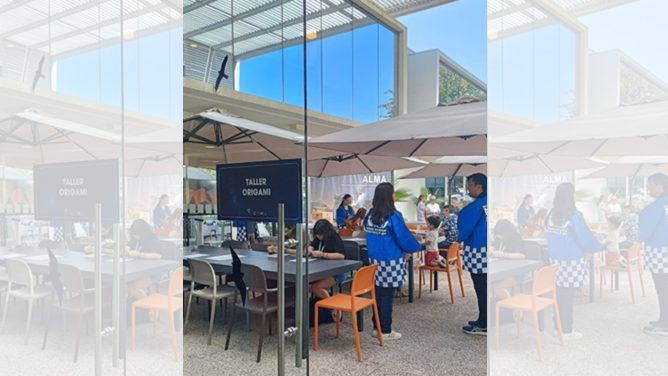Takafumi Kojima, a researcher at the National Astronomical Observatory of Japan Advanced Technology Center (NAOJ ATC) engaged in the development of a new receiver for ALMA, won the IEEE Microwave Theory and Techniques Society Japan Young Engineer Award at the Microwave Workshops & Exhibition (MWE2018). The award is presented to young researchers who have published papers contributing to the field of microwave theory and techniques.
Papers awarded:
– Takafumi Kojima, Alvaro Gonzalez, Shin’ichiro Asayama, and Yoshinori Uzawa (NAOJ)
”Design and Development of a Hybrid-Coupled Waveguide Multiplexer for a Multiband Receiver”, IEEE Transactions on Terahertz Science and Technology, Vol. 7, No. 1, 2017
– Takafumi Kojima, Matthias Kroug, Kazunori Uemizu, Yasutaka Niizeki, Hiroaki Takahashi, and Yoshinori Uzawa “Performance and Characterization of a Wide IF SIS-Mixer-Preamplifier Module Employing High-Jc SIS Junctions”, IEEE Transactions on Terahertz Science and Technology, Vol. 7, No. 6, 2017
Kojima and other researchers have been developing an advanced radio receiver for ALMA. The superconducting device (SIS mixer) at the heart of a receiver limits the bandwidth of radio frequencies that can be observed simultaneously. The bandwidth of the current ALMA receivers ranges approximately from 4 GHz to 8 GHz. On the other hand, the “high current density SIS mixer” newly developed by Kojima and his team was verified to cover a bandwidth of approximately 20 GHz with high sensitivity. This new device is expected to contribute to the detection of various molecular emissions from star-forming gaseous clouds and radio waves from the most distant galaxies at higher efficiency. Furthermore, Kojima and other researchers are working on the design and development of another new receiver system that will enable simultaneous observation covering a wider frequency band of over 100 GHz by using a waveguide frequency multiplexer with a complex structure (hybrid-coupled waveguide multiplexer). If such technology is put into practical use, it will open the way for various new observations that will lead to new breakthroughs in radio astronomy.
The award winner Kojima said, “I am deeply honored to receive such a prestigious award and grateful to all who have provided support and assistance for this research. Especially, I feel it is very significant that a research result achieved in an effort to realize a receiver with a wider-bandwidth for radio astronomy was highly evaluated by the society specializing in microwave engineering. I will continuously devote myself to research and development in order to make these research results practical for the further advancement of radio astronomy and related fields.”
Part of this research was carried out in collaboration with the National Institute of Information and Communications Technology and the University of Electro-Communications.










